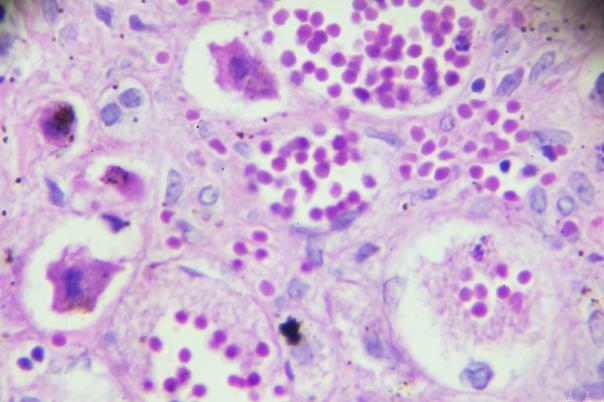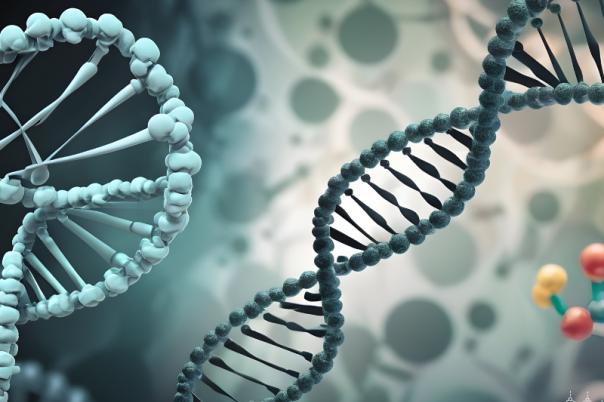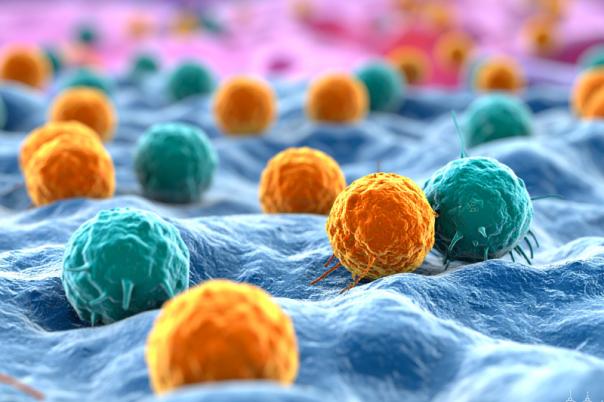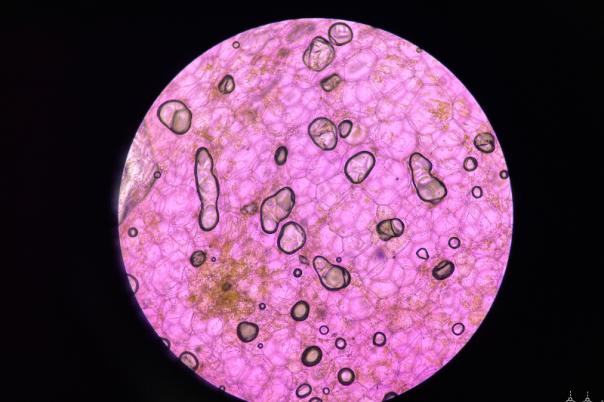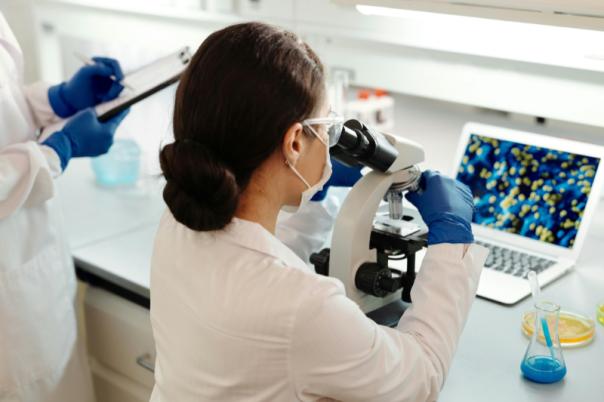When imaging tissue, before zooming in to specific parts of the tissue with techniques like laser capture microdissection, it’s important to first work out where to focus. Therefore, it can be useful to have a ‘bird’s eye view’ of the tissue on the protein level. Jun Qu’s lab at the State University of New York at Buffalo have been working on developing a pipeline for exactly this purpose.
They begin with a whole tissue slide and take microsamples from locations all over the tissue. Each of the microsamples has a marker for its specific location which are then submitted to the LC-MS for analysis, the quantitative data is then constructed back into a map according to its location.
The biggest challenge with this pipeline however was performing spatially resolved microsampling without changing the spatial location. To solve this, the team used 3D printing to produce micro-sampling scaffolds, complete with numerous precisely spaced micro-wells. The wells have thin walls with sharp edges so that the scaffold can be pressed onto tissue to compartmentalise it into many microsamples, each sequestered inside the micro-wells.
Based on this micro-sampling technique, Qu’s team developed a novel pipeline. MASP (Micro Scaffold Assisted Spatial Proteomics) involves compartmentalising tissue, sample preparation, LC-MS analysis, and informatics to generate protein maps. The technique allows for high-resolution mapping of proteins, with the ability to produce up to 300 micro wells and achieve uniform pressurisation for high-quality compartmentalization.
Qu then presented how the accuracy of the mapping was validated through spiking non-endogenous peptides, comparing MASP-generated maps with known patterns, and correlating distribution patterns of different proteins in the same heterodimer. The researchers mapped over 5000 unique proteins in healthy mouse brain tissue, revealing interesting local features and patterns, including the distribution of proteins involved in brain functions and pathways.
To further advance their technique, the team took inspiration from beehives in nature and switched from square to hexagon-shaped micro scaffolds. This provided higher resolution mapping and deeper informatics analysis to achieve up to 8000 maps in one experiment.
The technique has broad applications in pharmaceutical and clinical analysis, with potential improvements for working on various tissues, phosphoproteome spatial analysis, and multi-omics analysis.

